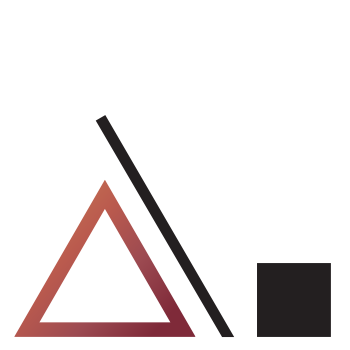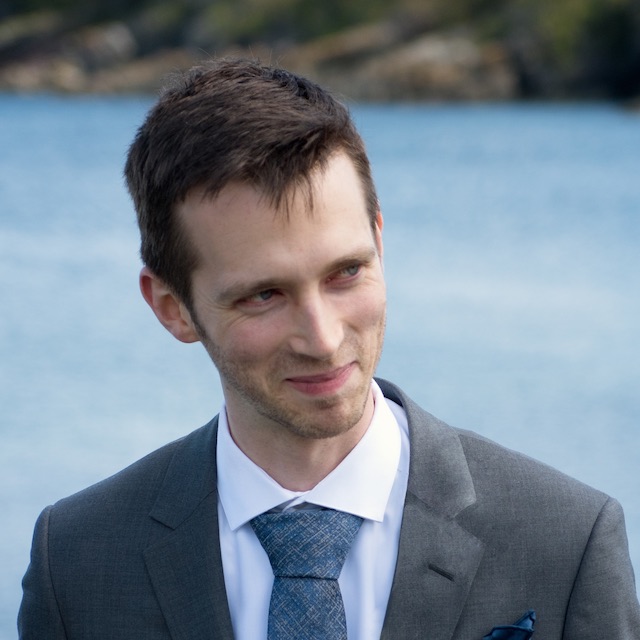Summarizing the Centre for Creative Leadership’s 2011-2012 Annual Report
The report focuses on five “big ideas” that the CCL is excited about in the sector of leadership development, which are:
- The role of neuroscience and psychology in our understanding and measurement of leadership development and leadership capacity (e.g., how does your neurological state at a given time affect your capacity for decision making? Creative application? Big thinking? Management? How can we use new knowledge of psychology and neuroscience to inform our leadership & strategy?)
- The role of globally available, highly accessible leadership development programming
- The importance of examining the real social networks that underlie an organization’s structures and hierarchy (i.e., who are the ‘energizers’? Who are the ‘de-energizers’? How do the social networks of your organizations function strategically according to goals and objectives? How can they be better managed/nurtured to provide organizational gains?)
- The importance of enabling and investing in the development of non-profit leaders; of partnering with non-profit organizations to ensure they have the capacity to keep leadership development in mind to maximize impact and organizational strategy
- The role of coaching and of measuring coaching impact in the context of leadership development and organizational strategy. (E.g., how effective are the coaches in your organization? Are the coachees gaining where they should be? Are they gaining where it is most beneficial to the organization?)
The themes surfaced by this CCL report are very interesting, I think, in the context of my work with the EWB Youth Venture. Considering each point independently:
- my knowledge and interests in psychology are sure to invade the project somewhere.
- driving leadership development work to become accessible to the entire globe? absolutely
- my role, involved in strategically connecting and investing in the EWB members across the network who are interested in youth engagement, requires truly recognizing each representative; connecting with them to figure out how to realize their strengths and interests in the context of the Youth Venture search process.
- the chapters are analogous to the non-profit groups described by the report, and multiplying the ability of these groups to concentrate on innovative youth development work is a critical part of this project.
- finally, I will be working with Jeff Ku to engage the youth reps, and I feel that coaching will be an important part of making this thing happen. So, the implementation of sound coaching foundations within a large-scale high-level project is, I think, critical to the personal development of our team across the network
You can find the full CCL report at the source (see below)!

